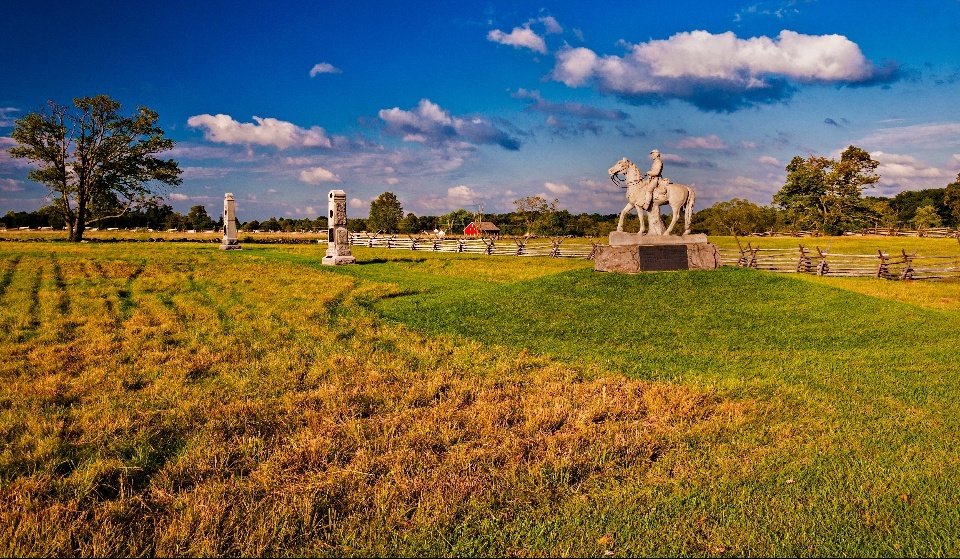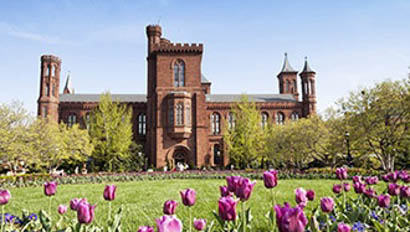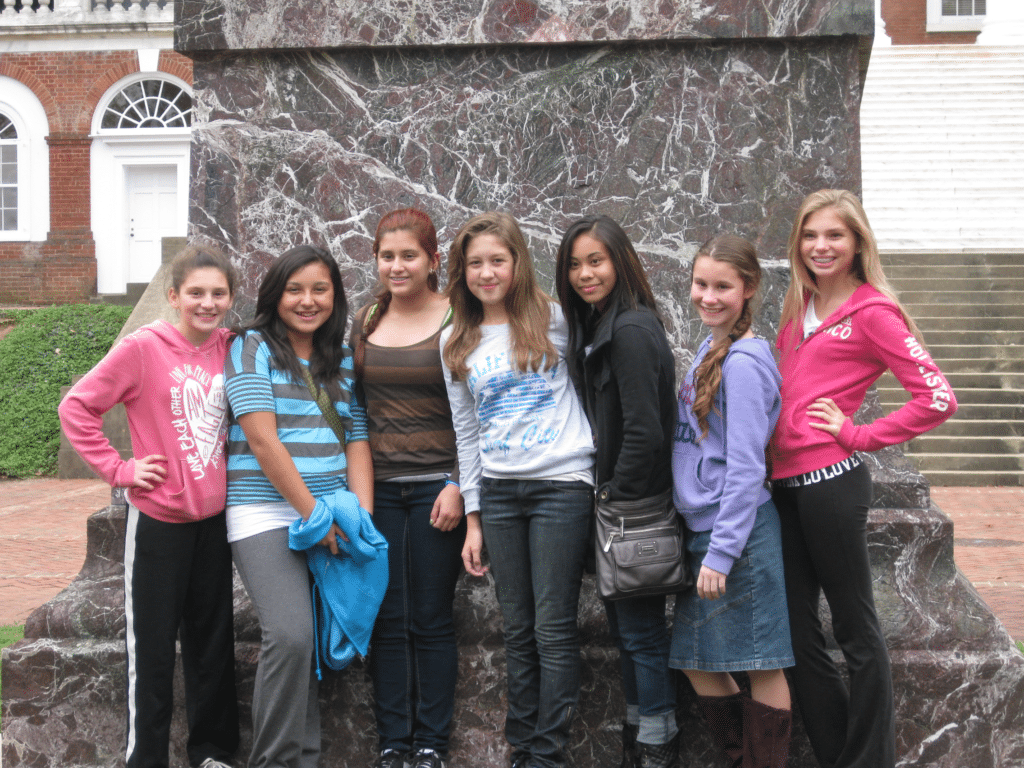Horse Statue Symbolism & Meaning


But have you heard the urban legend of the horse statue hoof symbolism?
What is the horse statue myth?
According to the urban legend, if the statue shows the horse posed with both front hooves up in the air, the rider died in battle. If the horse is posed with one front leg up, it means the rider was wounded in battle or died of battle wounds. And if all four hooves are on the ground, the rider died from causes outside of battle.
So, is there any truth to the myth?
While there are plenty of statues that follow the “rule” of the hoof positions, particularly with statues commemorating Gettysburg soldiers, there are at least nine instances where the rule does not hold for Gettysburg statues.
Subsequently, most historians do not believe the myth.
“To the best of anyone’s knowledge, the position and pose of the statue do not signify anything,” said Frances Pollard, a curator at the Virginia Historical Society.
Regardless of whether or not the hooves of their battle horses symbolize anything, Gettysburg National Battlefield Park is still one of the most popular stops for student groups touring the Historic East Coast. Student groups typically spend a whole morning or afternoon exploring the museum, viewing the Cyclorama painting, and touring the battlefield.
Interested in planning a school trip to the Historic East Coast? Request a quote here, or explore more of our destination cities.
Originally published May, 2019, updated July, 2020



